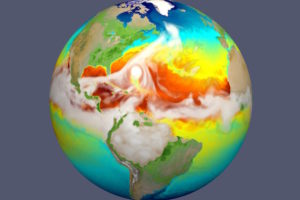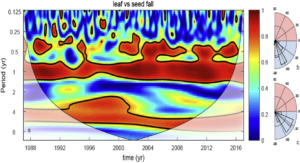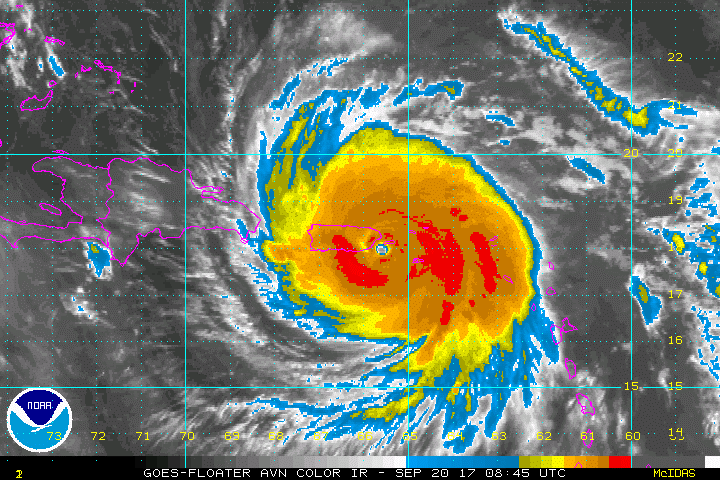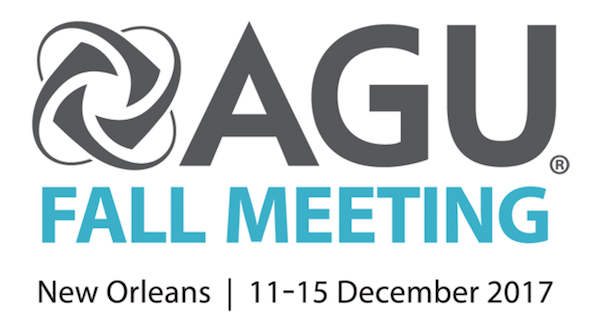 The U.S. Department of Energy’s Energy Exascale Earth System Model (E3SM) project, supported by the Office of Science in the Biological and Environmental Research Office, released its new high-resolution earth modeling system to the broader scientific community on April 23, 2018. E3SM will have weather-scale resolution and use advanced computers to simulate aspects of Earth’s variability and anticipate decadal changes that will critically impact the U.S. energy sector in coming years. NGEE-Tropics’ next-generation dynamic vegetation model, FATES (the Functionally-Assembled Terrestrial Ecosystem Simulator), was fully integrated into E3SM and its land model in 2017, and continues to be an important part of E3SM’s model development and science campaigns.
The U.S. Department of Energy’s Energy Exascale Earth System Model (E3SM) project, supported by the Office of Science in the Biological and Environmental Research Office, released its new high-resolution earth modeling system to the broader scientific community on April 23, 2018. E3SM will have weather-scale resolution and use advanced computers to simulate aspects of Earth’s variability and anticipate decadal changes that will critically impact the U.S. energy sector in coming years. NGEE-Tropics’ next-generation dynamic vegetation model, FATES (the Functionally-Assembled Terrestrial Ecosystem Simulator), was fully integrated into E3SM and its land model in 2017, and continues to be an important part of E3SM’s model development and science campaigns.
To read more, click here for the E3SM press release.



